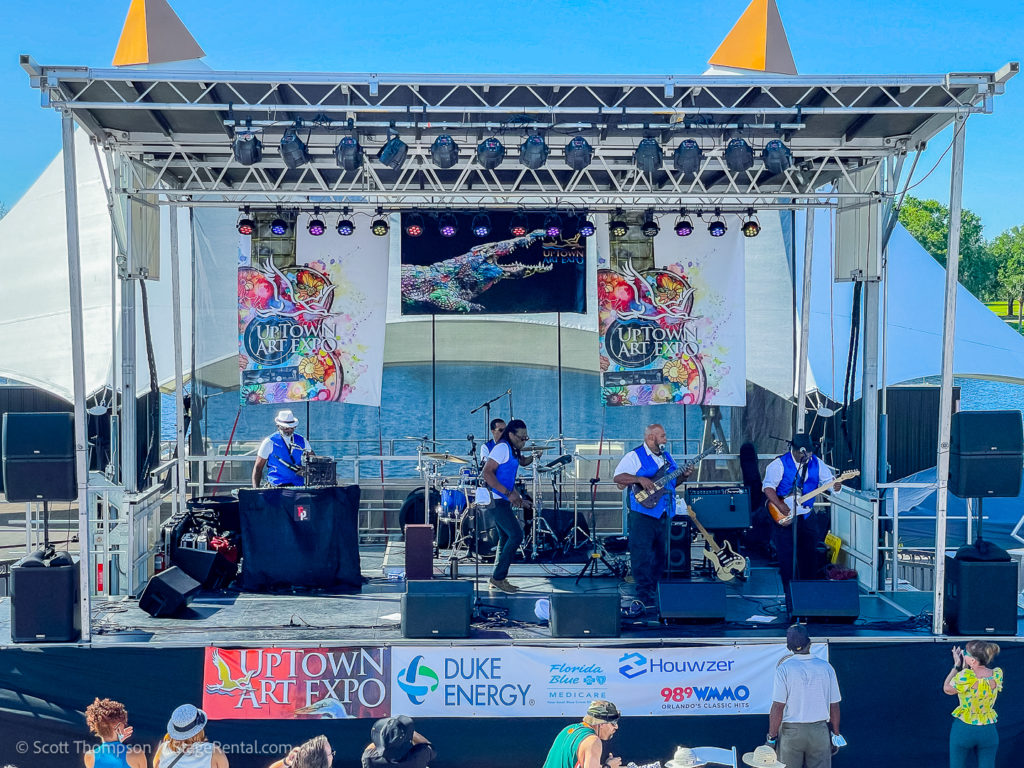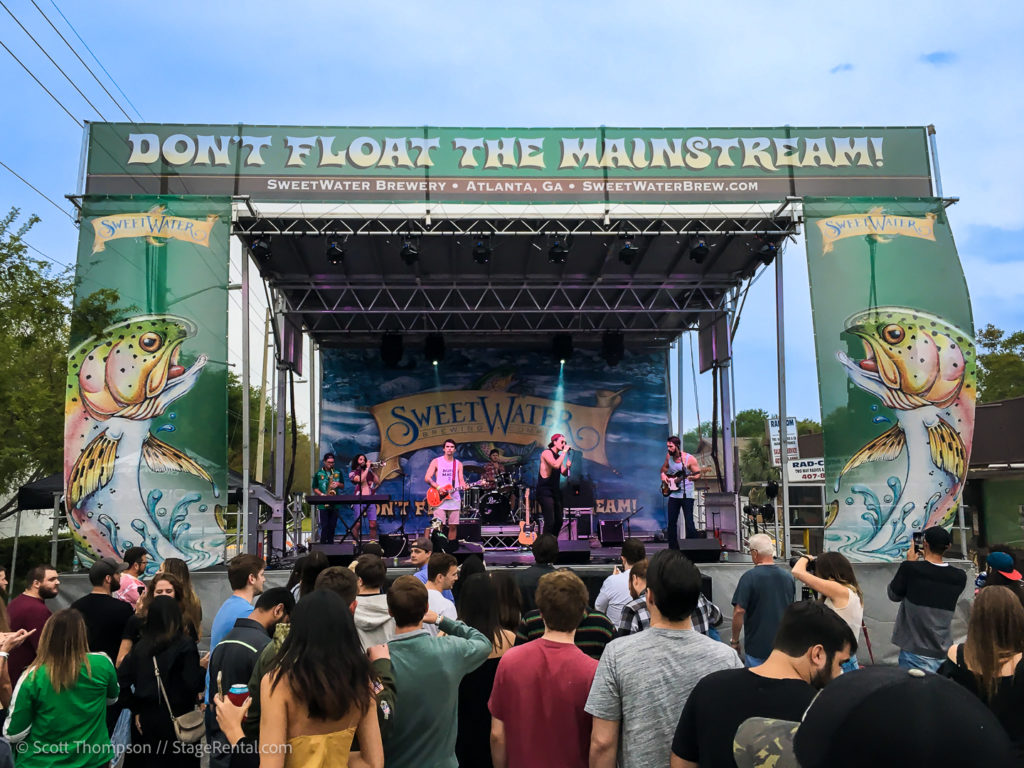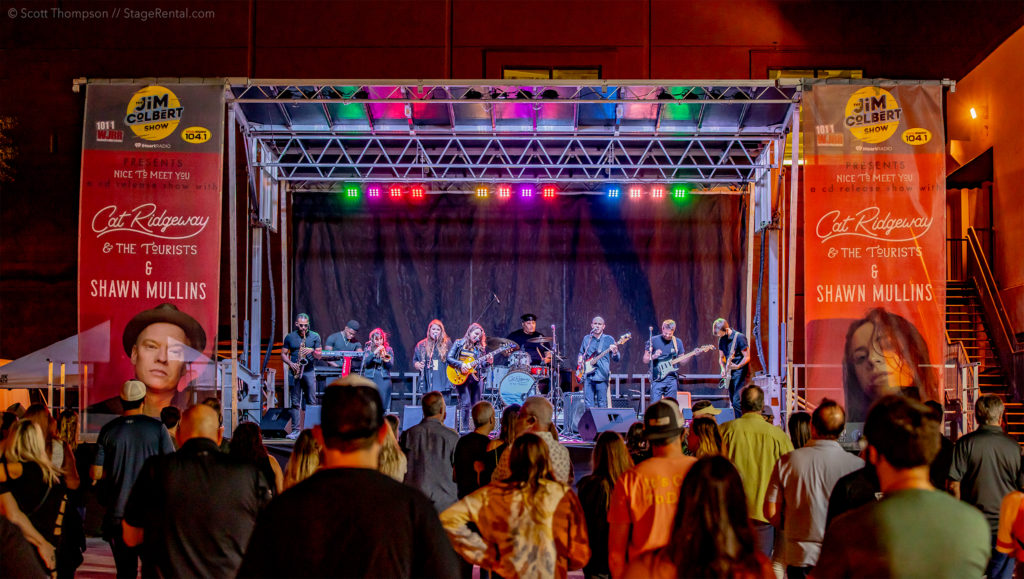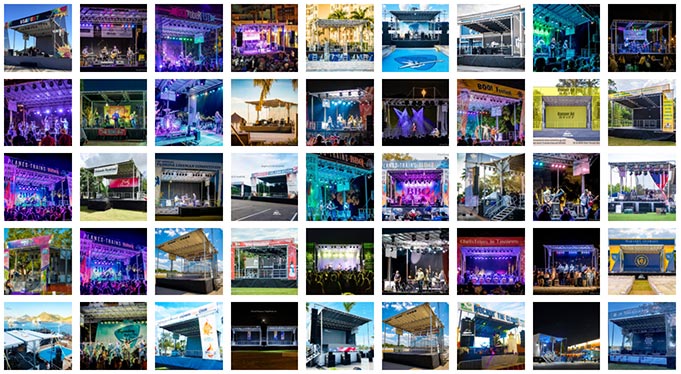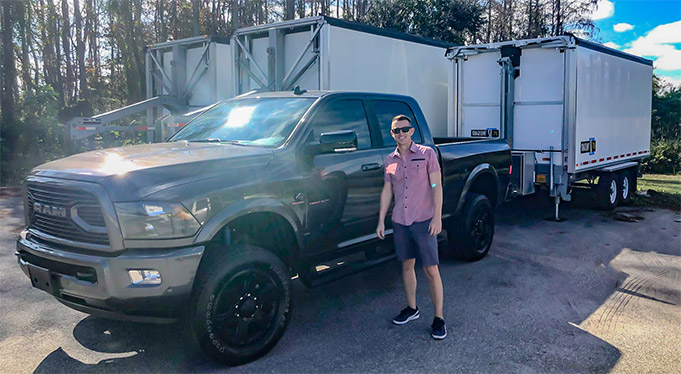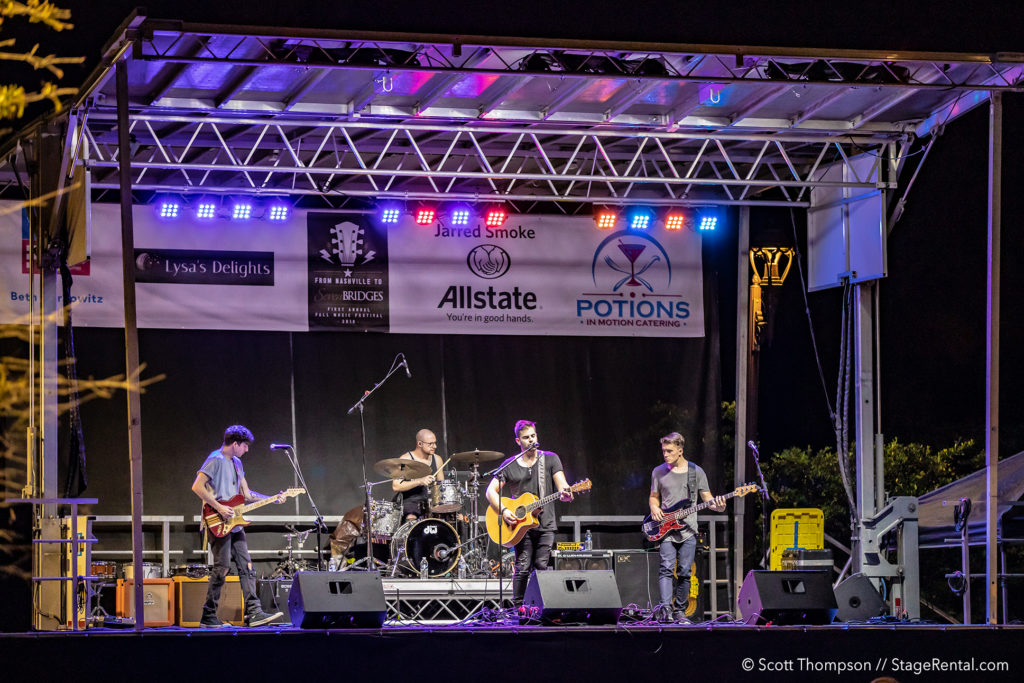 Determining the size of stage you need for your event is an important consideration, as it can affect everything from the layout and flow of your event to the overall cost. You don’t want a stage that is too big, making it over budget, or worse, too small.
Determining the size of stage you need for your event is an important consideration, as it can affect everything from the layout and flow of your event to the overall cost. You don’t want a stage that is too big, making it over budget, or worse, too small.
Factors To Consider When Determining Stage Size
- Number of performers or presenters: Consider how many people will be on stage at any given time and how much space they will need to move around comfortably. See below listing of sizes and artist counts.
- Event type: Different types of events may require different sized stages. For example, a small stage may be sufficient for a small music performance like a solo artist, but a larger stage may be necessary for a full-scale play or production.
- Venue size: The size of your venue or outdoor space will also play a role in determining the size of stage you need. If you have a large venue, even a large stage may look small. A smaller venue may have some size constraints, but the performers may need the extra space. Choose your venue wisely.
- Budget: The size of the stage you choose can have a significant impact on your budget. You don’t want a stage that is too big, making it over budget, or worse, too small.
- Audience size: The size of your audience will also factor into the size of stage you need. A large audience may require a taller stage to ensure that everyone can see the performers.
Recommended Stage Sizes For Bands
Here are some general guidelines for stage sizes for different size acts, assuming a solo artist or band will be the artists for the event…
For a solo artist or duo:
- Small stage: 8 feet x 8 feet, 2ft height
- Medium stage: 8 feet x 12 feet, 3ft height
- Large stage: 12 feet x 16 feet, 4ft height
For a three- to six-piece band:
- Small stage: 12 feet x 16 feet, 4ft height
- Medium stage: 16 feet x 20 feet, 4ft height
- Large stage: 20 feet x 24 feet, 4ft height
For a seven- to ten-piece band:
- Small stage: 20 feet x 24 feet, 4ft height
- Medium stage: 24 feet x 24 feet, 4ft height
- Large stage: 24 feet x 32 feet, 4ft height
For a larger band or production (ex: orchestra):
- Small stage: 24 feet x 32 feet, 4ft height
- Medium stage: 32 feet x 32 feet, 4ft height
- Large stage: 32 feet x 40 feet or larger, 5ft height
What Stage Height Is Best?
Keep in mind that these are just general guidelines and the height of the stage can vary depending on how many people are in the audience, and if they are standing or sitting. Other factors that affect stage height include site line issues such as props on stage, slope of the ground where the audience will be, or the distance that the audience is from the stage.
Common Mistakes To Avoid When Choosing A Stage Rental Size
Choosing the wrong size of stage rental can have serious consequences. If your stage is too small, it will not accommodate all of your performers, equipment and props. On the other hand, a large stage may present logistical problems when setting up or taking down the rental due to limited space.
- Not accounting for additional elements: While a smaller stage may work for your event, you should plan ahead to make sure it will accommodate any props, backline, and equipment that you may have not thought of. Ask your performers for a stage plot ahead of time. Sometimes they will list a recommended stage size on their performance rider.
- Underestimating the number of people performing on the stage: If you underestimate the number of performers on your stage and rent one that is too small, the result will be cramped and uncomfortable. Performers and/or equipment could actually fall off stage if they are too cramped.
- Not considering how much space you need: Consider both the size of your audience and the area needed for performers to move around on stage. If you don’t give yourself enough room, it can make performances more difficult to execute and detract from the overall quality of the show.
- Not taking into account acoustics: Sound can be greatly affected by the size and shape of your stage rental. Some stages have large backdrops that are either drape, vinyl, mesh, fiberglass, or wood. Large and small hard surface backdrops have an echoing effect in the monitors, which can throw off the mix of the show. However, using soft goods such as drape or mesh can help dampen the echo from the monitors, no matter what size they are.

